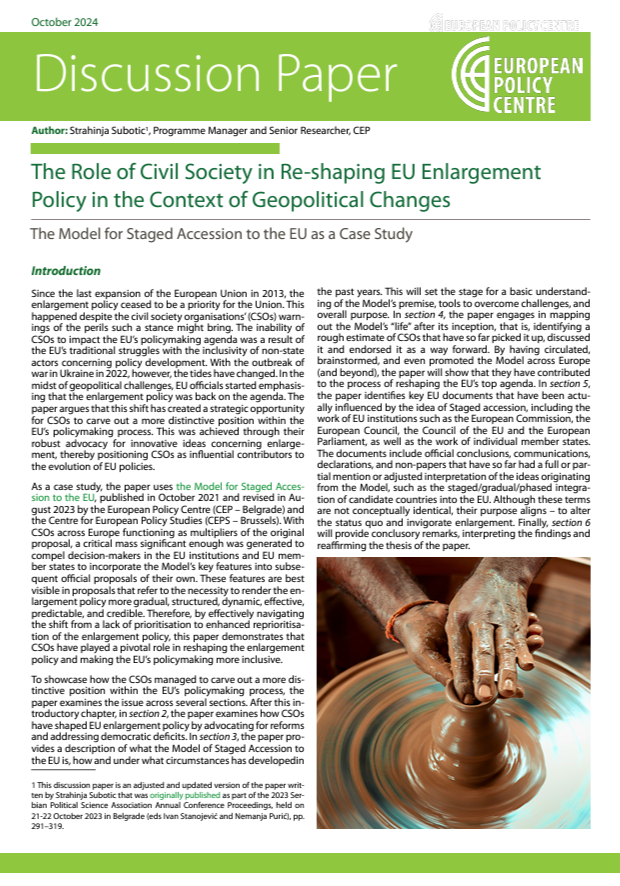Headquarters: Svetog Nauma 7, 11000
Office address: Đorđa Vajferta 13, 11000
Phone:: +381 11 4529 323
The low rates of natural population growth combined with emigration surpassing immigration pose challenges for the domestic labour market and the overall economy. While Serbia has been grappling with economic emigrations since the 1960s, recent times have witnessed new patterns in line with global trends: among the more educated population, there are so-called circular migrations, involving repeated legal migrations of the same individual between two or more countries. Simultaneously, thanks to new technologies, it is possible to work from Serbia for a foreign employer, which has a positive impact on the return of Serbian citizens to their country of origin.
The Economic Migration Strategy of the Republic of Serbia for the period 2021–2027 was adopted in 2020, along with its accompanying Action Plan. This is the first public document that addresses this area and attempts to provide state measures aimed at slowing down emigration and attracting returnees. The adoption of this strategy inspired our project, and one of our initial goals was to assess the Action Plan of the Strategy. The Assessment of the Action Plan was published at the midpoint of its implementation cycle so that its findings could be utilized in the preparation of a new plan. Its aim was to systematically analyze the Action Plan for the implementation of the Economic Migration Strategy and, based on that analysis, objectively assess, and inform policymakers and decision-makers about the results achieved in the ongoing implementation of the Strategy. Additionally, it aimed to provide recommendations for potential corrective measures going
forward.
The second goal of the project was to familiarize ourselves with the comparative experiences of European countries regarding economic migrations. Specifically, this involved examining the legislative framework regulating this area, assessing whether it is more advanced compared to the domestic one, and exploring how roles in addressing these issues are distributed among the state, civil sector, and other stakeholders (private sector, academic community, media), and investigating the measures implemented by the state to encourage the return of emigrants to their country of origin.
Comparative experiences demonstrate that the existence of organizations dedicated to supporting returnees, considering aspects such as their return, economic activity in their home country, as well as scientific and professional careers, significantly influences migration decisions. Therefore, a segment of our project was focused on assessing the support available to circular migrants through programs on the Returning Point and eGovernment portals. Additionally, our aim was to provide recommendations suggesting directions for enhancing existing services or establishing new ones for circular migrants. This aspect of the project addressed the question of to what extent these two portals encourage and facilitate the process of circular migrations through the various forms of support they offer.
One of the project’s objectives was also to engage the local level in the discourse on circular migrations. By enhancing the capabilities of several civil society organizations chosen for their ability to represent diverse regions in our country, we empowered local stakeholders to address the issue of economic migration more actively. The ultimate goal is for the selected civil society organizations to evolve into Regional Centers of Excellence for economic migrations in the future. This transformation would enable them to actively participate in constructive dialogues on migration-related public policies and contribute to the development of optimal solutions for the regions they represent.


